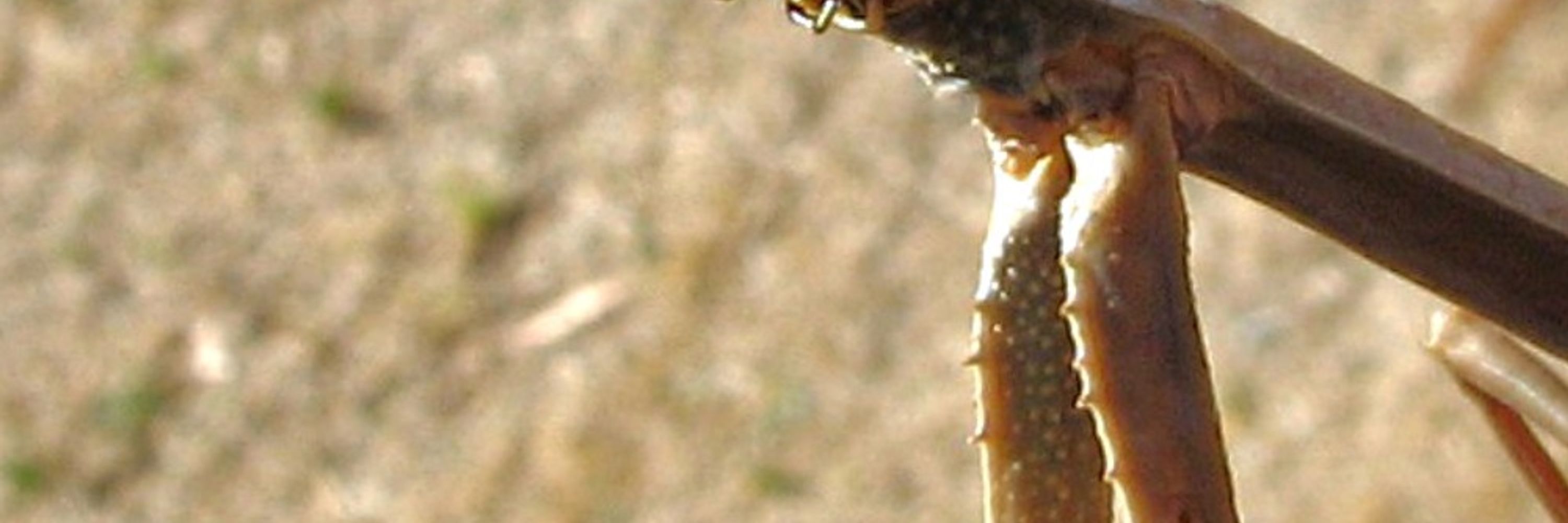Drhoz
@drhoz.bsky.social
180 followers
170 following
1.4K posts
Australian Insect Fanatic (and BritSF fan and Furry)
Posts
Media
Videos
Starter Packs
Drhoz
@drhoz.bsky.social
· 4h
Drhoz
@drhoz.bsky.social
· 4h
Drhoz
@drhoz.bsky.social
· 4h
Drhoz
@drhoz.bsky.social
· 4h
Drhoz
@drhoz.bsky.social
· 4h
Drhoz
@drhoz.bsky.social
· 4h
Drhoz
@drhoz.bsky.social
· 4h
Drhoz
@drhoz.bsky.social
· 4h

#3200 - Mesembryanthemum nodiflorum - Slender Iceplant
Another Ice Plant well-adapted to survive Western Australia's scorching summers and droughts. Unlike the sandfig previously, this one is actually native to the Mediterranean region, and has become an...
drhoz.tumblr.com
Drhoz
@drhoz.bsky.social
· 4h
Drhoz
@drhoz.bsky.social
· 4h
Drhoz
@drhoz.bsky.social
· 1d
Drhoz
@drhoz.bsky.social
· 4d

















